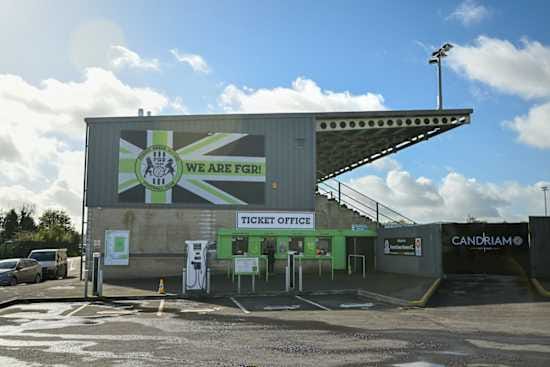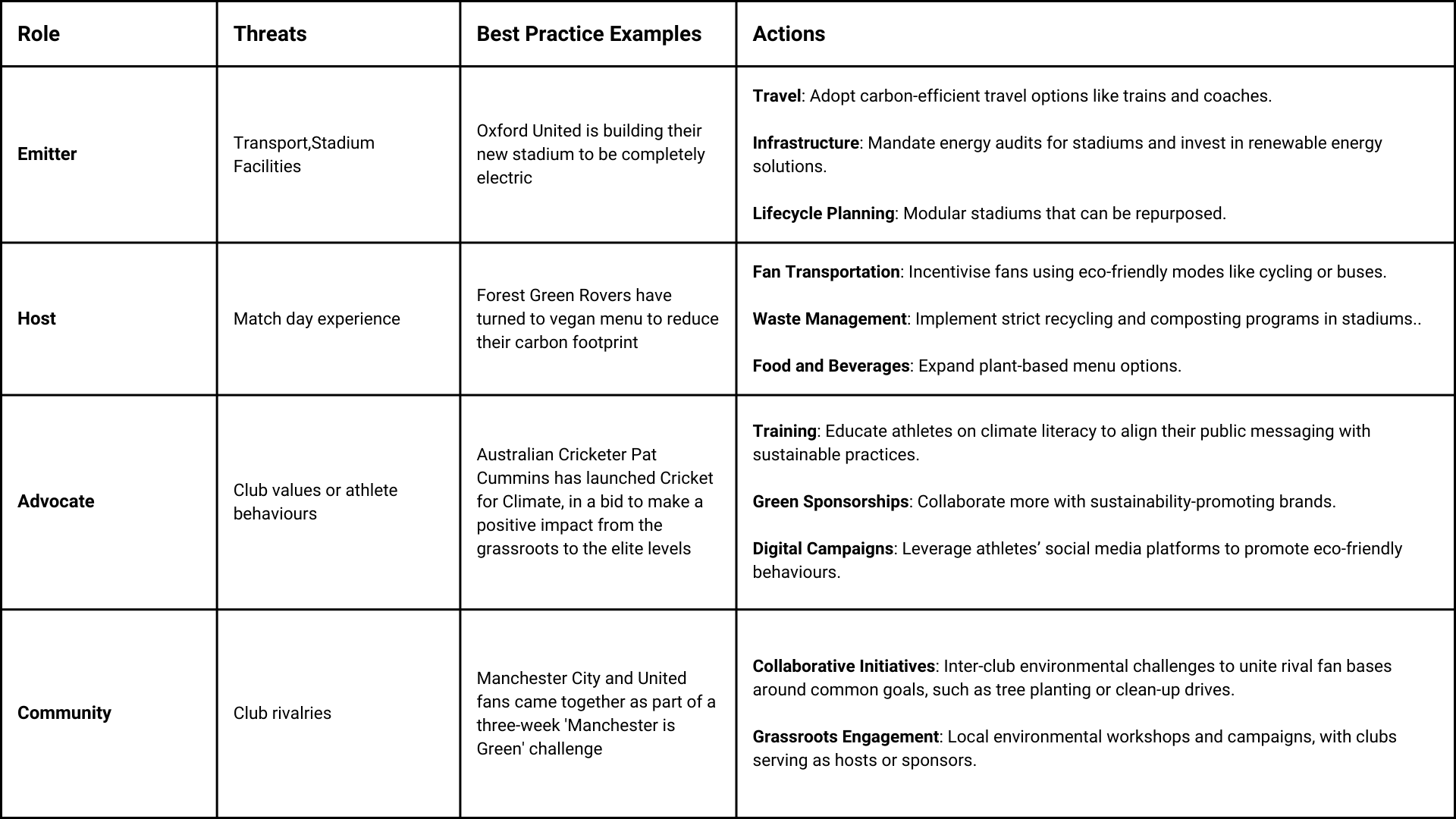The Green Game: Can Sports Tackle Its Climate Footprint?

Have you ever wondered about the relationship between sport and climate change? Does sport impact the climate or is it a victim of the changing environment?
The truth is that it is a reciprocal relationship.
Most elite sports leagues worldwide are guilty of contributing to the declining state of the environment. Due to its sheer volume and reach, the global sports industry is responsible for roughly 350 million tonnes of CO2 emissions. Football alone makes up close to 10% of the emissions.
On the other hand, climate change is also severely impacting various sports. Playing surfaces are unplayable due to flooding or draughts, higher temperatures mean athletes suffer from exhaustion.
So, the real question is what sports organisations can do to tackle this problem and have a truly transformational impact. To answer this, it is important to realise that sport plays multiple roles in the climate change conversation, both as a contributor and an addressor.
Emitter
The biggest barrier and contributor to carbon emissions in sports is travel. Due to its global nature, travelling itself is unavoidable, however, access to modern resources means that players and teams take advantage of it by travelling in private jets locally.
There is an argument made in favour of peak performance and recovery in the modern game, but there has to be some middle ground.
Pro-cycling for example, relies on ground transport equipped with cooking, sleeping, and resting facilities.
Another big emitter for a sports organisation is the stadium. The average lifecycle CO2 emissions of a stadium could go up to 950 thousand tonnes. However, there has been a conscious effort across the board to take positive steps to bring this down.
Host
Almost all sports organisations play host to millions of fans throughout the year. Fans not only come just to watch a game but to be part of an experience. Many sports clubs, with a good intention of creating the most unique experience, end up ignoring their environmental responsibilities.

On the other hand, clubs like Forest Green Rovers take their role seriously and pay attention to minute details - right down to their food menu on matchday. Other clubs have started making small changes in their matchday offering too, but there is still a lot left to be desired.
Advocate/Influencer
In this digitally evolved and highly connected world, athletes and teams hold a prestigious position of influencing fan behaviour. Some individual athletes boast of followers in the billions, with their every action religiously adhered to. Research backs this up with more people willing to act on climate change if they see their idols doing the same.
Go for GREEN 🌳
— USA Rugby (@USARugby) April 22, 2021
Join @AlenaOlsen and the #USWNT7s as they strive to plant 5,000 trees in a new challenge.
MORE » https://t.co/dysipPnOBj#EarthDay pic.twitter.com/9jH0nbkFo5
However, the pertinent question is how many athletes or sports clubs consistently promote this message.
Community
Passion and a sense of community are two characteristics associated with sports. The ability to bring people together unlike any other industry is a superpower. This also creates a huge opportunity to leverage the community to make a positive impact. There have been numerous examples during the COVID crisis when local supporter groups and fans came together to help their fellow residents. Most of the football clubs in the UK have volunteer groups carrying out community initiatives almost daily.

The key for sports organisations is to mobilise these groups for the greater good. This has to come from the top and needs to be embedded in the club's culture, which is then reflected in their initiatives.
Sports need to reflect on their roles and responsibilities and start with small changes in the right direction. There are some examples of clubs at all levels doing their bit and it is time for this to be the norm.

Comments ()